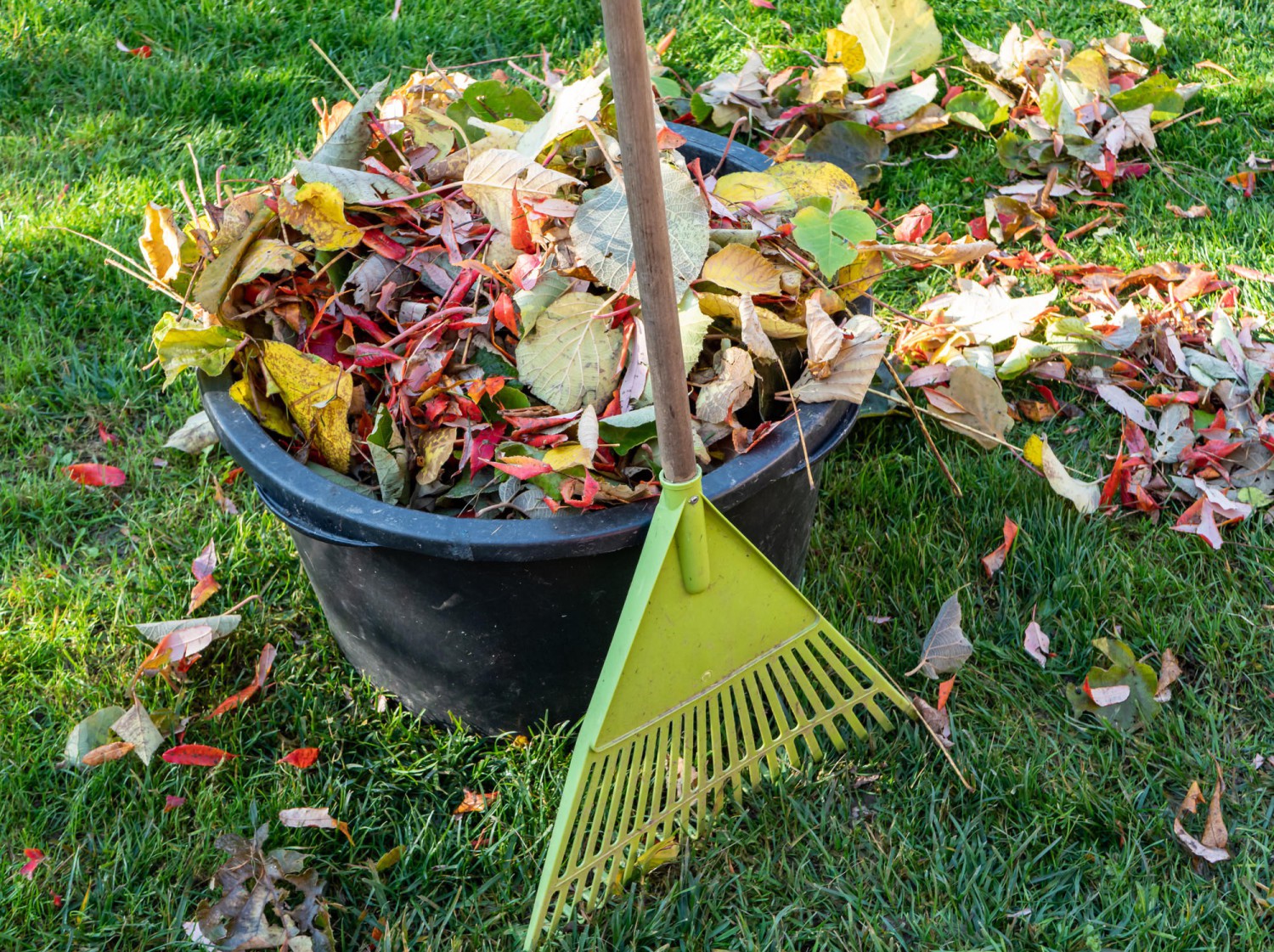
The dead leaves that homeowners rake up in the fall often end up in a landfill where they are a useless waste material. And yet, by simply changing one or two habits when winterizing your garden, you can convert the leaves in your yard into an amazing resource.
In fact, in a landfill, organic matter’s normal decomposition process is inhibited due to a lack of oxygen, becoming another source of greenhouse gas emissions. Never mind that landfills are already overflowing! However, ignoring the leaves that have accumulated on your lawn is not an option either. They will blanket the grass and, compressed by the rain and snow, kill it over winter. So, what can you do instead?
We have some environmentally friendly ideas. Try them out this fall when you prepare your garden for the cold months ahead!
Make Your Own Lawn Fertilizer
The easiest way to deal with this plant waste ecologically is to go over the leaves repeatedly with your lawn mower several times a week to cut them up as they fall. Reduced into tiny pieces, the organic matter will strengthen your lawn and give it the nutrients it needs to survive the winter. Plus, you won’t have to rake up leaves anymore!
But why shred them at all? Why not leave them whole on the turf? Large leaves will easily be blown away by the wind, hinder proper air circulation and require more time to decompose.
Nevertheless, if your yard is inundated with plant debris (because of the presence of numerous large mature trees, for example), the mass of leaves, even shredded, may kill the grass. In this case, remove a portion before mowing over the rest. You will then have remaining leaves with which you can make compost or use as a protective cover for your plants (see the following ideas).
Turn Them Into Compost
If your municipality offers brown bin collection for organic waste, you are not doubt already aware that you can dispose of dead leaves this way. However, you could also make compost at home out of this windfall for your personal use. Remember, though, that only healthy parasite-free leaves can be composted.
Shred the leaves and place them in containers that you will store out of the weather, in the shed, for example. Then install a composting bin somewhere in your yard. A wide range of models are available in stores. In this outdoor bin, alternate the layers of green materials (kitchen waste) and brown materials—the reserved leaves. In just a few weeks, you will have fertilizer for your flowers, lawn, and plants.
And even if you don’t end up employing this fertilizer, you will still have contributed to protecting the environment by keeping organic waste out of landfills.
Use Them as a Protective Mulch
Dead leaves can be piled up around your more tender outdoor plants to create a protective cocoon against the freezing weather. All you need is an approximately 10 cm thick layer at the base. Your plants will then have a better chance of surviving the snow and ice. Cover the mounded leaves with nylon netting to prevent them from being blown away by the wind. An overly thick layer of leaves at the base of your plants can be too much of a good thing, though: it might attract pests like rodents who will be more than happy to build their winter nest inside. Keep this in mind!
Another option is to put the leaves in bags for your town or city’s special fall waste collection, which will in turn dispose of them in an environmentally friendly manner. Contact your municipality to learn more!